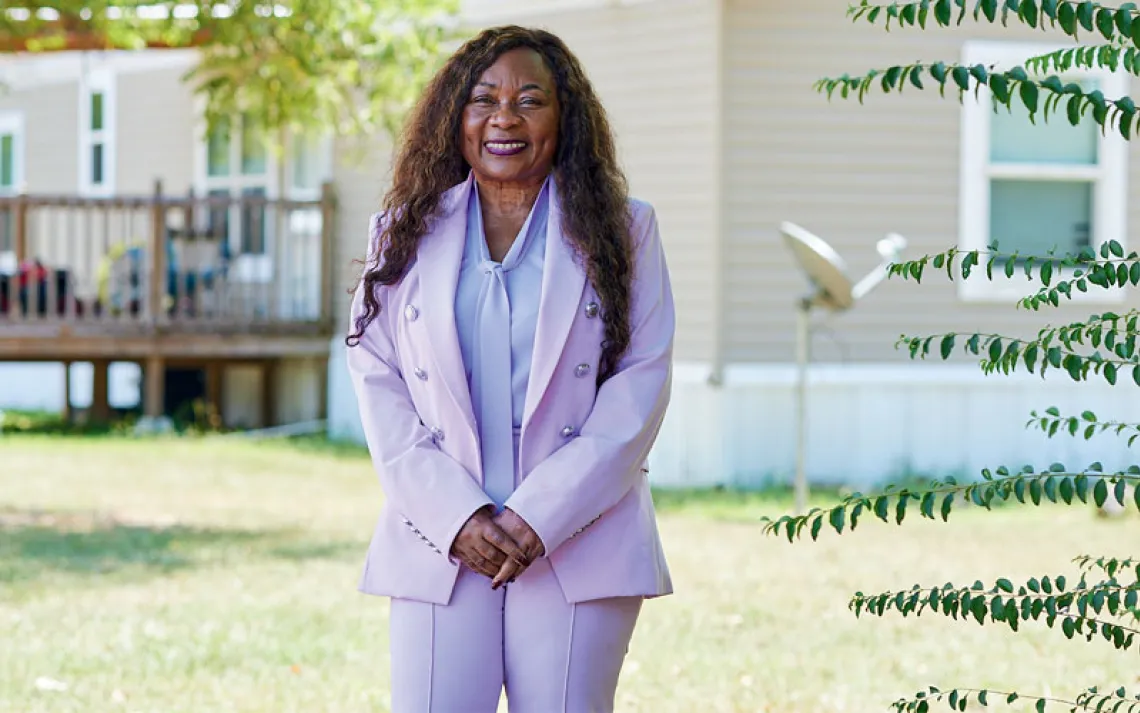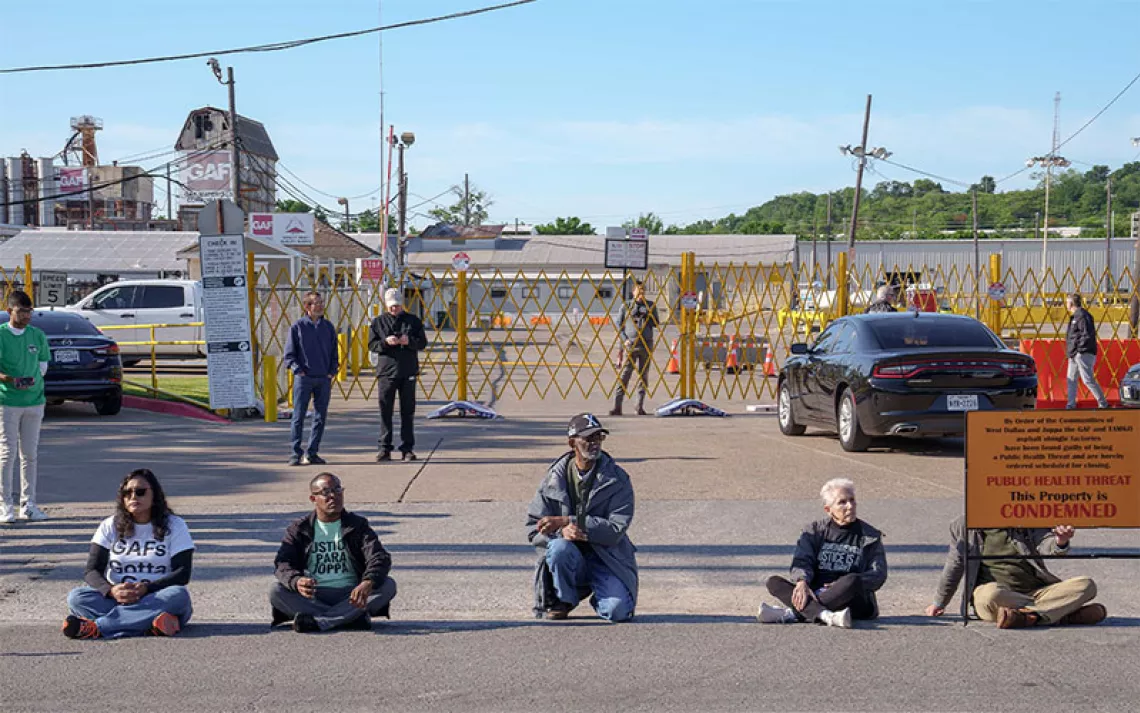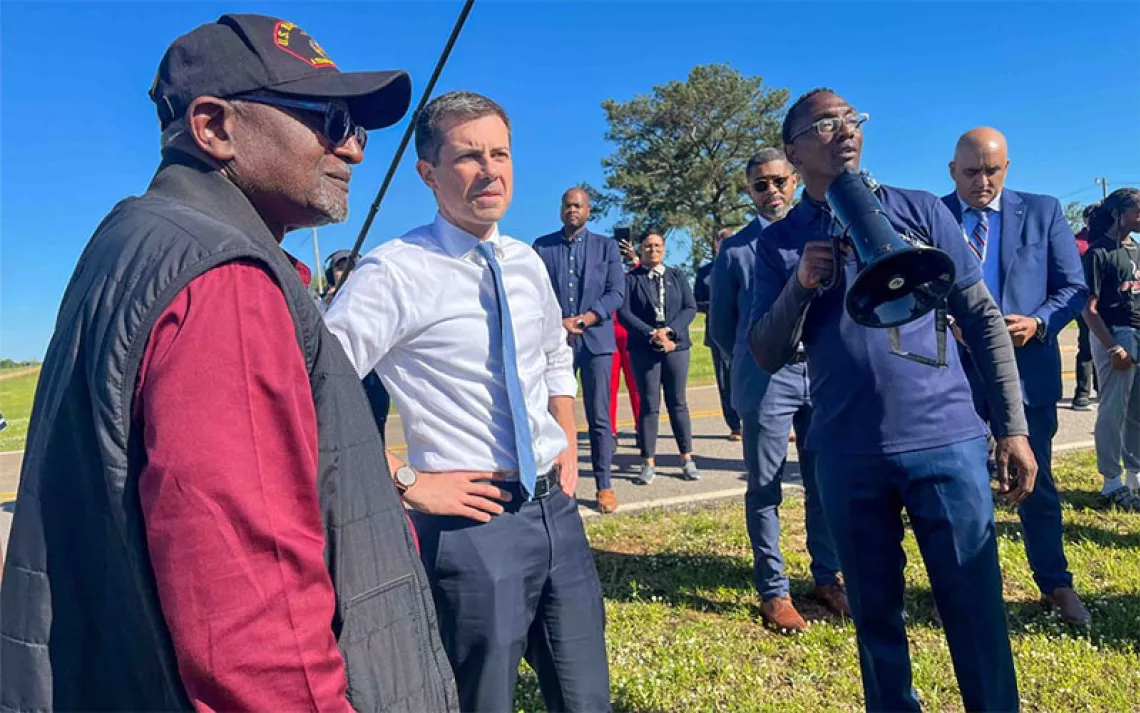Last Year Was the Deadliest for Environmental Activists, Defenders
Global Witness report paints grave picture of environmental activists
Last year, 212 environmental activists and land defenders were murdered globally, making 2019 the most deadly year for people resisting extractive industries or protecting endangered species, according to Global Witness’s latest annual report. Some of the killings are perpetrated by government forces, while others are ordered by mining companies or other industries. Most go unsolved.
“It’s often just people with bandanas on a motorbike, just anonymous hit squads,” said report coauthor Chris Madden.
The killing of activists has been on a steady rise since Global Witness began releasing its annual report in 2012. In 2014, 116 activists were killed. In 2018, the number rose to 167. With 212 activists murdered in 2019, the trend shows no sign of stopping. Indigenous people are disproportionately targeted with violence, making up 40 percent of those killed in both 2014 and 2019 despite constituting only 5 percent of the global population. While the report focuses on murder, the most dramatic and quantifiable form of repression, Madden said, governments and industries use a variety of tactics to suppress resistance to environmental destruction.
Madden believes the rise of consumer demand for products like beef, palm oil, and metals has contributed to the rise in violence, along with increasingly repressive global governance.
“The longer-term trend of consumer demand rising and industries pushing into ever more remote areas—logging and mining and agribusiness are key drivers of that. And I think the general trend in civic freedom is showing that it’s on the decline globally,” Madden said.
In 2019, over half the murders were in Colombia and the Philippines. Colombia, where 63 were killed, is in the midst of a bloody struggle for resources as paramilitary groups rush to fill the power vacuum left after the 2016 peace treaty between the FARC rebels and the government. In that struggle, they increasingly push onto Indigenous lands and territories. While Indigenous people are only 4.4 percent of Colombia's population, they account for half of the murdered activists.
Since Rodrigo Duterte assumed the presidency of the Philippines in 2016, 119 activists have been killed, nearly double the number killed in the final three years of his predecessor's presidency. Indigenous people are also over-represented in the Philippines' death count.
Alberto Saldamando is a Xicano/Zapoteca activist who leads the Indigenous Environmental Network’s human rights campaigns. He said Indigenous people are at the front of land defense and environmental activism across the world.
“There is a global tendency towards repression, and I think Indigenous peoples are bearing the brunt of it because they are trying to defend their territories against unwelcome development,” Saldamando said.
Saldamando said the current efforts to defend the Amazon are a prime example. By taking a stand against extractive industries and agribusiness, Indigenous people face well-resourced, deadly enemies. Of the 24 activist killings in Brazil, 90 percent were in the Amazon. Saldamando thinks the world is running out of resources, driving industry further into Indigenous lands and territories.
In 2019, 50 activist killings were linked to mining, 34 to agribusiness, and 24 to logging. Both Saldamando and Madden believe governments are complicit in the murders, or play an active role. Global Witness linked government forces to 37 of the killings in 2019, and the vast majority of activist murders go unsolved globally.
While the report did not find that any environmental activists were killed in the United States, Madden said, repression can take different forms.
“I think what’s happening in the US is related to the broader threats, where legitimate protests are being shut down, which is happening in the US in relation to anti-pipeline protest legislation,” Madden said. “The disturbing trends are the closing of space for legitimate protest, and the criminalization of those who are standing up.”
Saldamando said US pipeline protests are part of a global trend of governments siding with corporate interests over activists.
“Standing Rock was a prime example of private interests collaborating with the government,” Saldamando said. “I mean, they were jamming telephone signals; they were using infiltrators to get people into trouble.”
Pipeline protests in the United States and Canada also show that the murder of activists is just one especially brutal tool in a wider arsenal of repressive tactics. Madden said Global Witness focuses on killings for its annual report because they are easily quantifiable, but he thinks the criminalization of protest, harassment and threats, and sexual violence are on the rise as well.
Saldamando said one assassination can silence a whole community, and he thinks the Global Witness numbers are likely an underestimate. He said other tactics can be equally effective.
“We have this situation in Ecuador where the government places troop carriers in front of people's houses, and that's all they do; they don’t say anything, but people get the message,” Saldamando said.
While 2019 was an especially deadly year for activists, many were able to achieve their goals. The Waorani tribe of southern Ecuador won a landmark ruling to keep the government from auctioning off their territory for oil and gas exploration, the Dayak Iban Indigenous community of Indonesia gained legal ownership of 10,000 hectares of land, and the Standing Rock Sioux forced a new environmental review of the Dakota Access Pipeline.
“Resistance brings reaction, but a lot of people are saying no anyway,” Saldamando said.
 The Magazine of The Sierra Club
The Magazine of The Sierra Club



